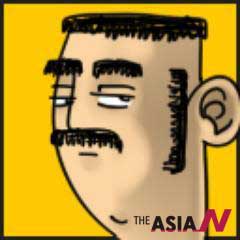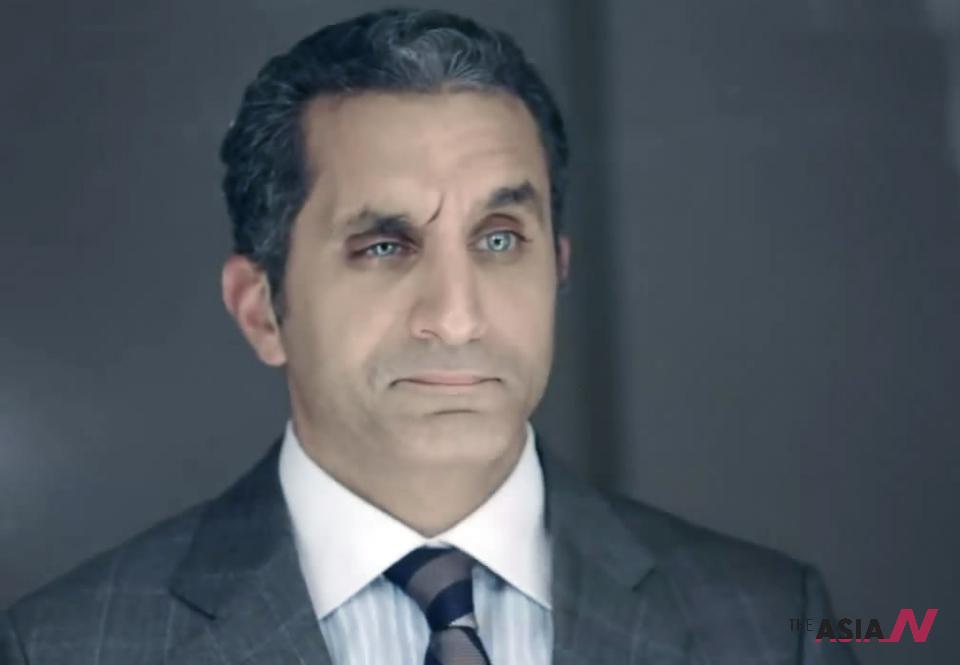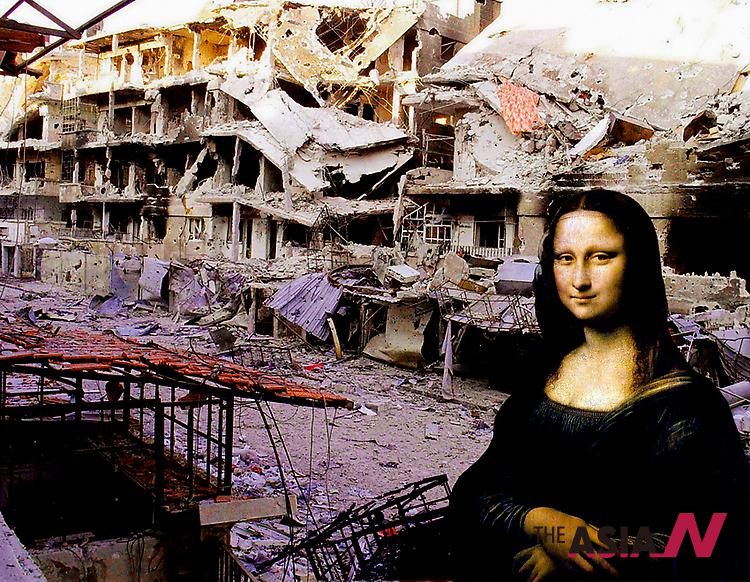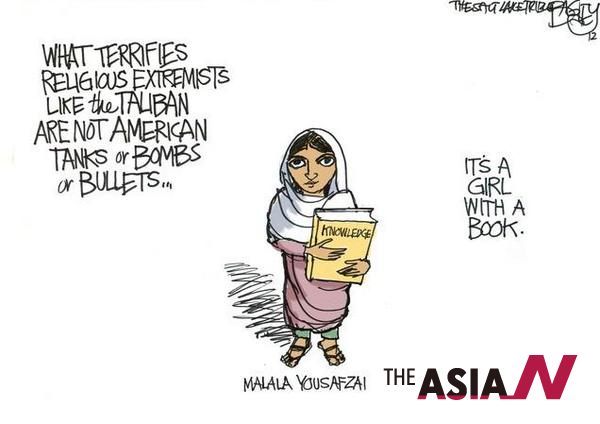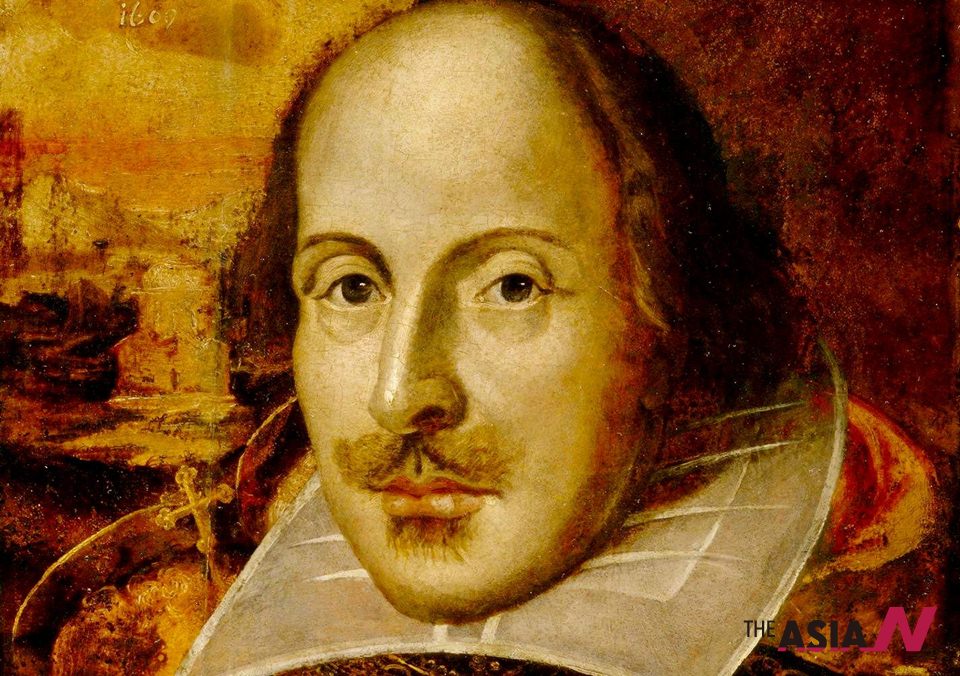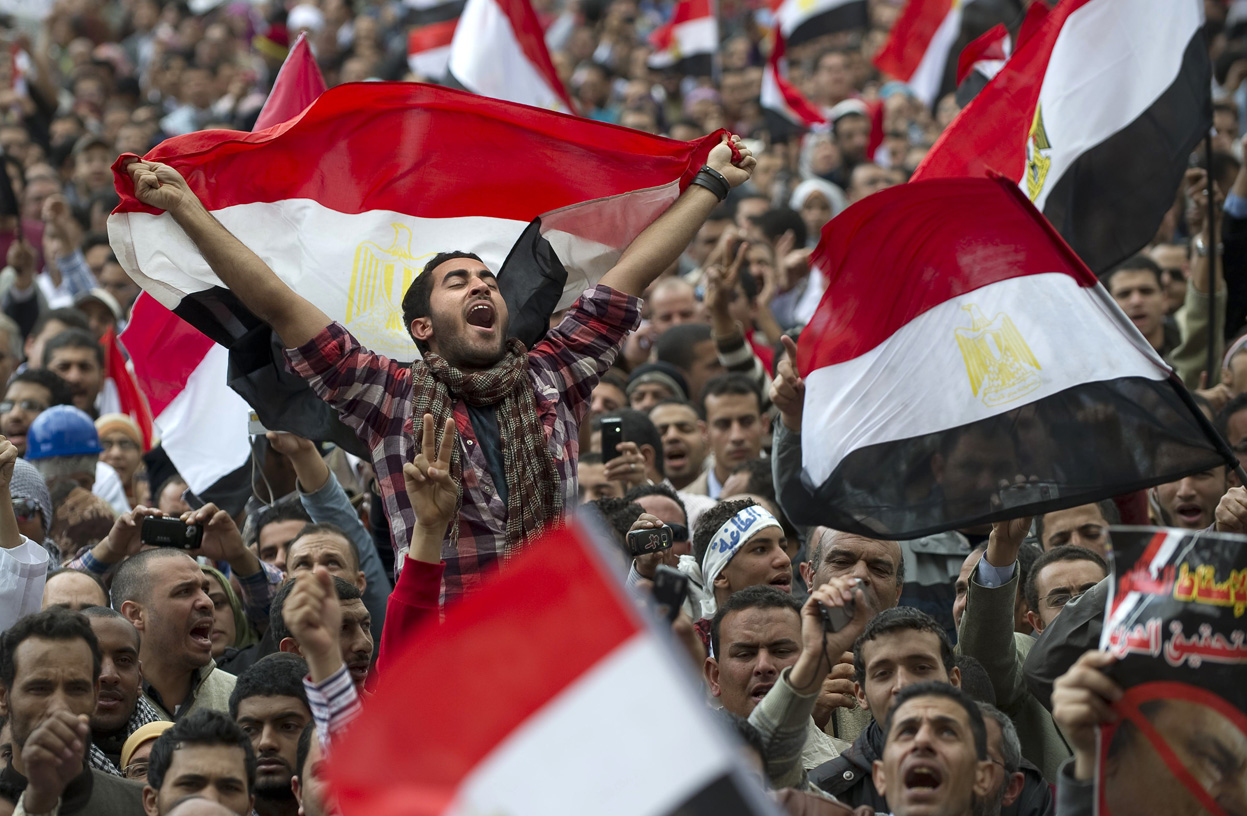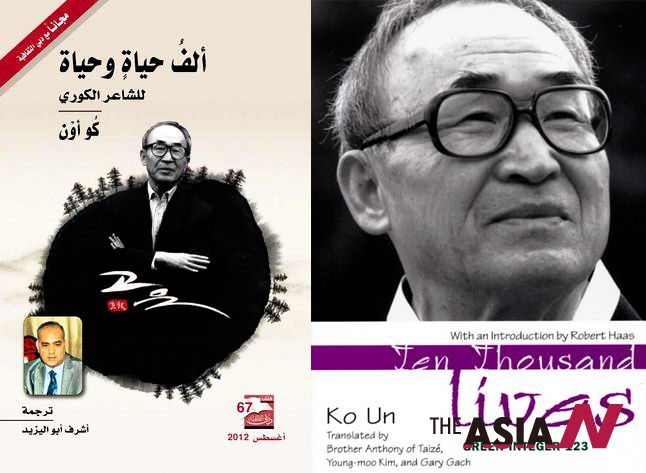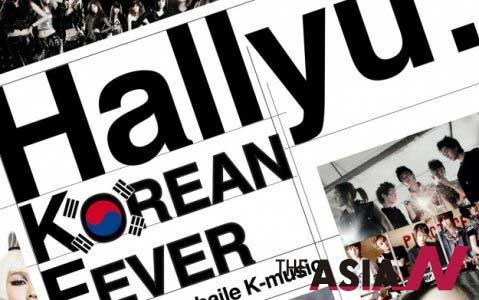
Graffiti proves to be powerful weapon against dictators
Graffiti has always been known to be the voice of those who can’t express themselves freely, those who would write or paint something that would leave that everlasting impact, something very Che Guevara-ish. Although graffiti isn’t something really familiar in your typical Egyptian neighborhood, except for some ultras graffiti.
But since the revolution broke out, graffiti turned to be some sort of a way to record its events, the martyrs, and the criminals.
Graffiti included martyrs pictures, some sarcastic paintings; they even had some paintings inspired by the ancient Egyptians. And whenever the regime tried to erase it –or actually erase it, like the famous Mohammed Mahmoud incident- graffiti artists would come back, stronger, much more sarcastic and motivated.
After every heartbreaking day, from the revolution or the mass that followed, when media didn’t care, graffiti artists were there to document everything, on walls.
This graffiti shows the martyrs funereal, in ancient Egypt’s style, where he’s being sent away with candles and being honored.
Painting during the transitional period of SCAF ruling, the graffiti shows how they can manage to pull the right “strings”
The most famous graffiti of them all–which was erased- it shows numerous numbers of martyrs photos. And the reply when the regime decided to vanquish this graffiti was this:
It says: “Erase more, you cowardly regime”. I couldn’t have said it better myself. Graffiti have and will always be one of the most powerful weapons people have against any dictator. It’s when the graffiti does all the talking, and in this case, the fighting back.










